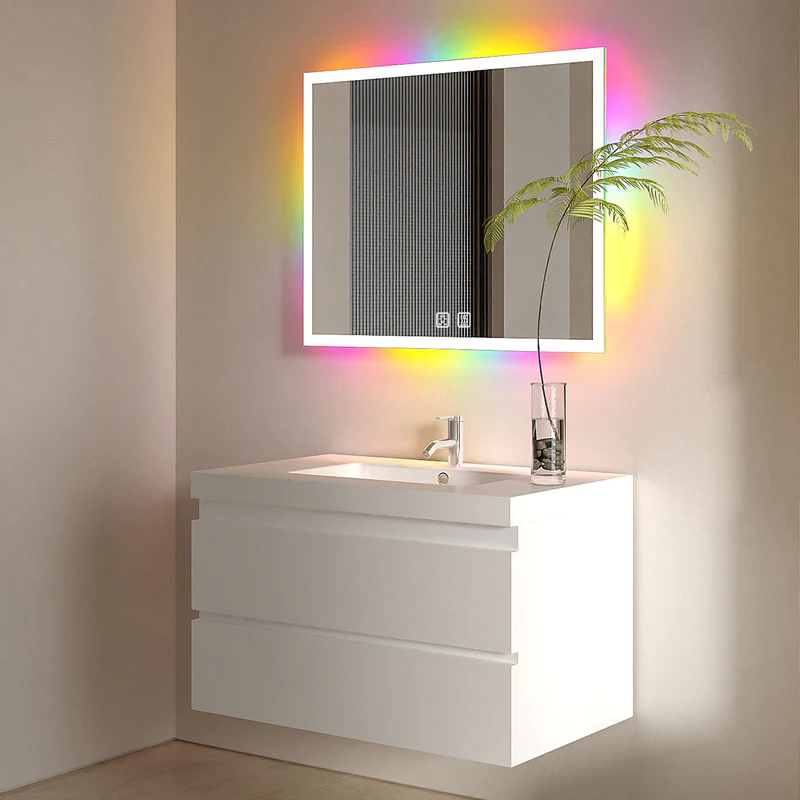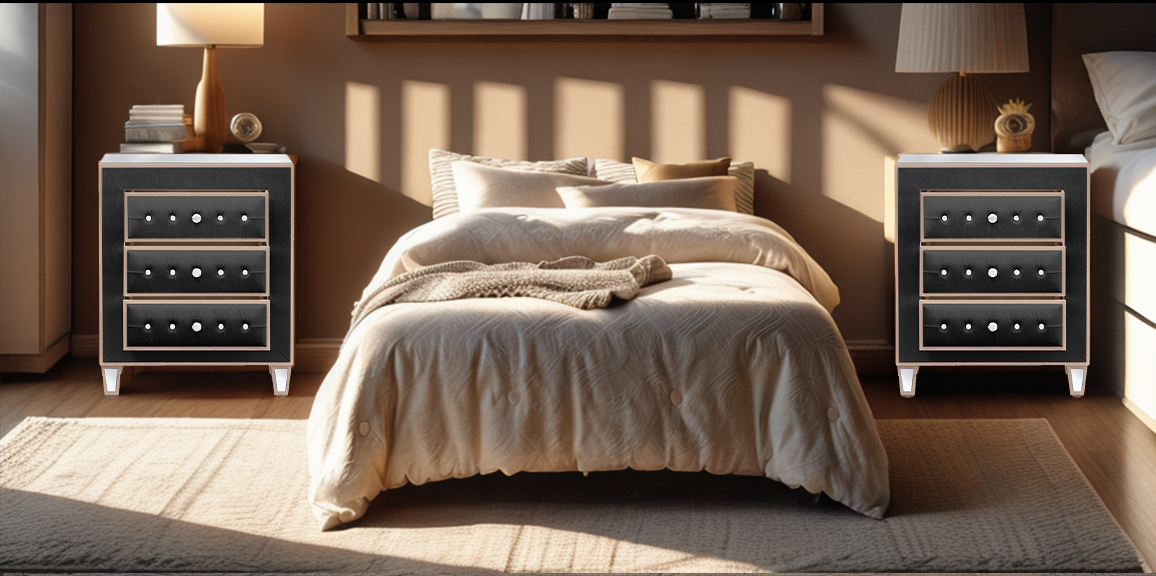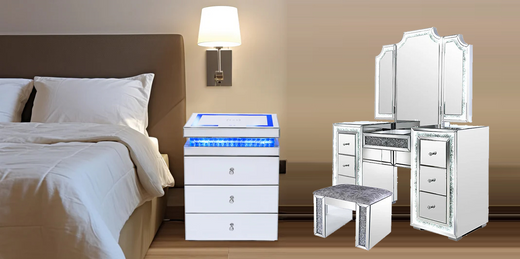Your bathroom cabinet's choice of material really affects their appearance and lifetime. These cabinets deal with everyday wetness, varying temperatures, and frequent use, hence choosing the correct material is crucial. This guide addresses the primary cabinet materials and helps you decide what best fits your bathroom.
Common Bathroom Cabinet Materials
Natural hardwoods, metals, and engineered wood products abound in bathroom cabinet materials. Each material provides unique advantages for style, durability, and moisture resistance.

1. Medium-Density Fiberboard (MDF)
MDF blends a smooth surface that takes paint nicely with strength. Moisture-resistant MDF is treated to handle daily bathroom conditions. Ideal for painted finishes, its sturdy core reduces seasonal movement typical of natural wood.
2. Solid Wood Options
Hardwoods like cherry, maple, and oak provide durable and beautiful cabinets. Oak resists dampness and highlights natural grain. Maple is versatile and takes paint well. Cherry adds rich color but requires more maintenance to avoid water damage.
3. Plywood Grades
Premium plywood provides robust panels resistant to warping. Furniture-grade works for cabinets not in direct contact with water; marine-grade offers superior water protection.
4. Particleboard Types
Melamine-coated particleboard is suitable for less humid bathrooms. Treated surfaces resist swelling better than standard particleboard.
5. Metal Varieties
Aluminum and stainless steel cabinets are strong, moisture-resistant, and modern. Require minimal upkeep, with regular cleaning keeping them looking new.

Key Factors When Choosing Cabinet Materials
Moisture Resistance
Cabinets must resist steam, splashes, and high humidity. Metals and marine-grade plywood handle moisture naturally, while other materials need coatings or treatments.
Durability Requirements
High-traffic bathrooms require materials that withstand frequent use. Check joints, hinges, and handles for long-term stability.
Cost Considerations
MDF and treated particleboard offer value for basic needs. Solid wood and metal are more expensive but last longer.
Weight and Installation
Heavy materials need strong wall support. Lighter materials like MDF and particleboard are easier for standard installations.
Maintenance Needs
Metal cabinets require simple cleaning; wood and MDF need sealing and careful water cleanup.

Essential Features to Check in Bathroom Cabinet Materials
Water Resistance Rating
Marine-grade plywood and coated MDF handle direct water contact; solid wood needs sealing.
Surface Finish Quality
Melamine surfaces are tough and water-resistant. Painted or sealed wood should repel water and highlight the grain.
Core Material Strength
MDF and plywood cores should be dense and bonded. Metal cabinets require solid internal structures.
Joint Durability
Strong corners prevent sagging and ensure drawers operate smoothly.
Hardware Compatibility
Ensure hinges, handles, and drawer slides fit the cabinet material.
Best Cabinet Materials for Different Bathroom Types
Master Bathroom Cabinets: Solid Wood or Premium Plywood
Durable and high-quality materials suit daily use and style. Metal is an option for modern aesthetics.
Guest Bathroom Cabinets: MDF or Light Materials
Cost-effective, space-saving, and easy to maintain; ideal for lighter use.
Kids' Bathroom Cabinets: Durable MDF or Metal
Resistant to rough use, spills, and easy to clean.
Shower Room Cabinets: Marine-Grade Materials
High-humidity areas require marine-grade plywood, metal, or naturally moisture-resistant wood like teak or cedar.
Powder Room Cabinets: Standard Materials Work Well
Light-use bathrooms allow for standard MDF, plywood, or solid wood.
How to Maintain Different Bathroom Cabinet Materials
Clean Your Cabinets Daily
Use soft cloths and mild cleaners. Dry surfaces immediately. Avoid harsh or abrasive cleaners.
Prevent Moisture Damage
Run exhaust fans, fix leaks promptly, open cabinet doors for air circulation, reseal wood annually.
Protect Cabinet Surfaces
Test cleaners, avoid harsh scrubbers, treat wood surfaces with oils or waxes, touch up chips promptly.
Maintain Working Hardware
Tighten handles and hinges, clean slides, oil squeaky hinges, replace rusted parts.
Check Cabinets Monthly
Look for stains, swelling, soft spots, and ensure joints are tight.

Pick Your Bathroom Cabinet Material!
Match material to bathroom humidity and usage. MDF for simple use, solid wood for classic look, metal for moisture resistance. Regular maintenance ensures longevity.




Leave a comment
This site is protected by hCaptcha and the hCaptcha Privacy Policy and Terms of Service apply.